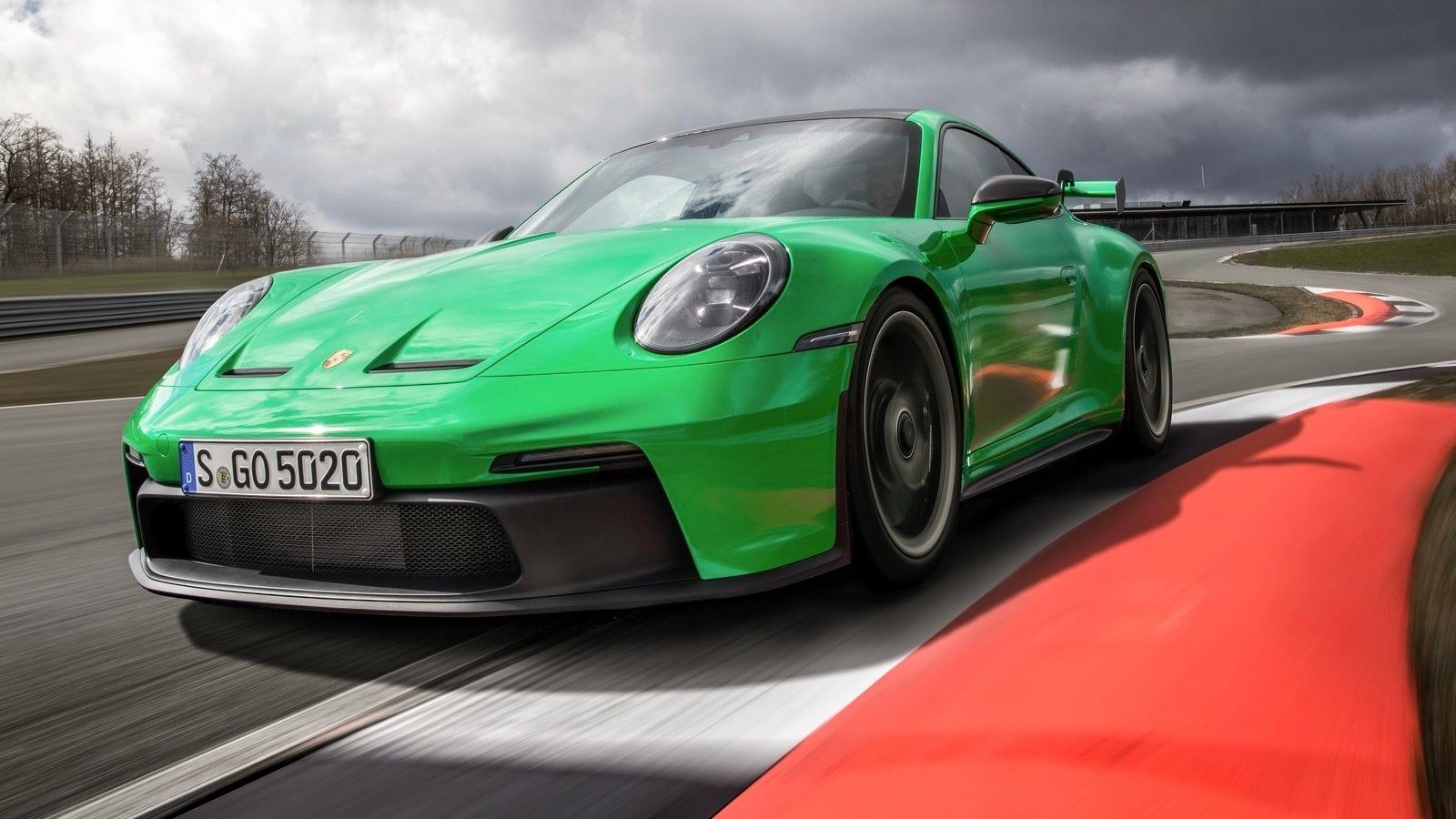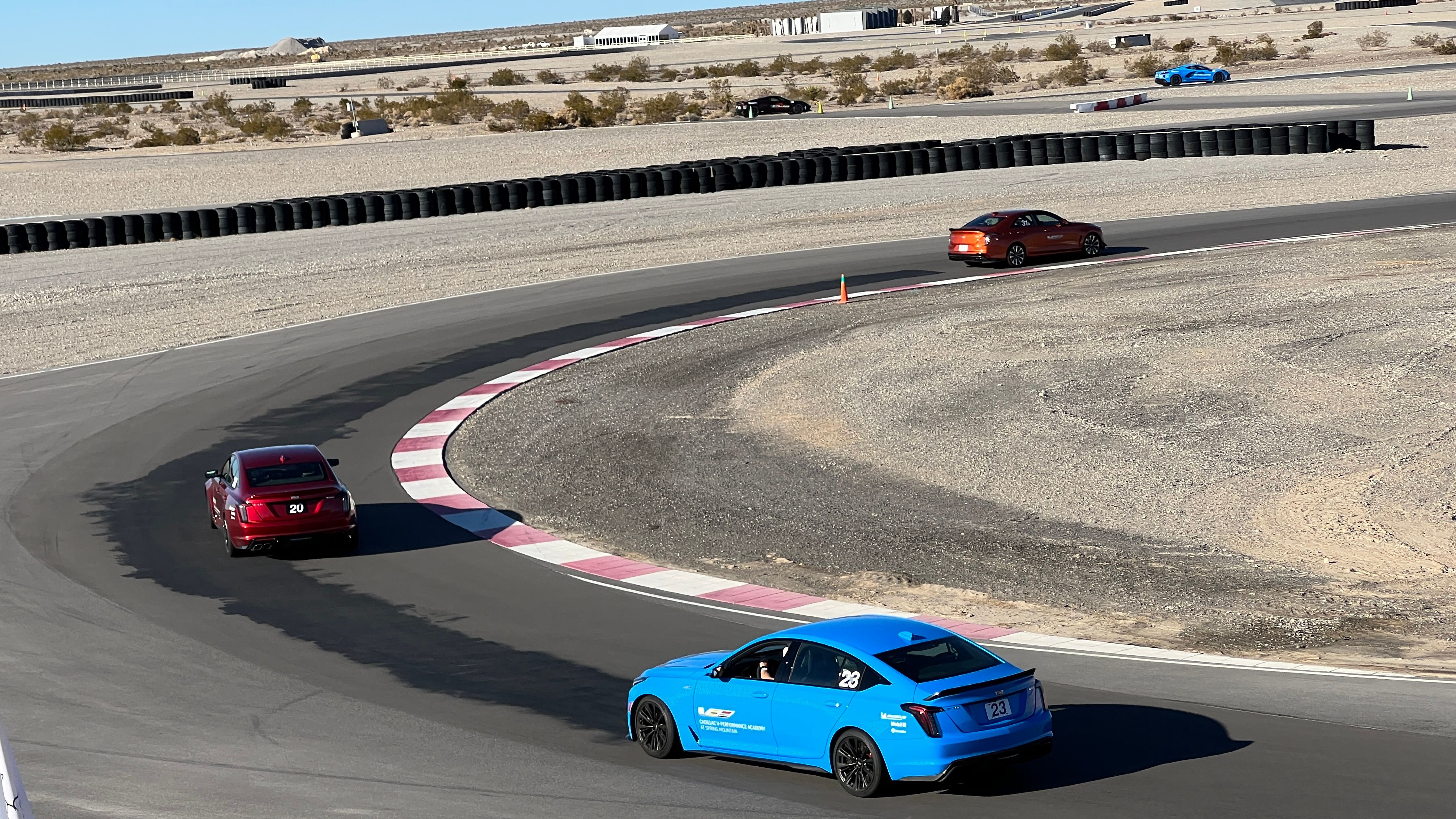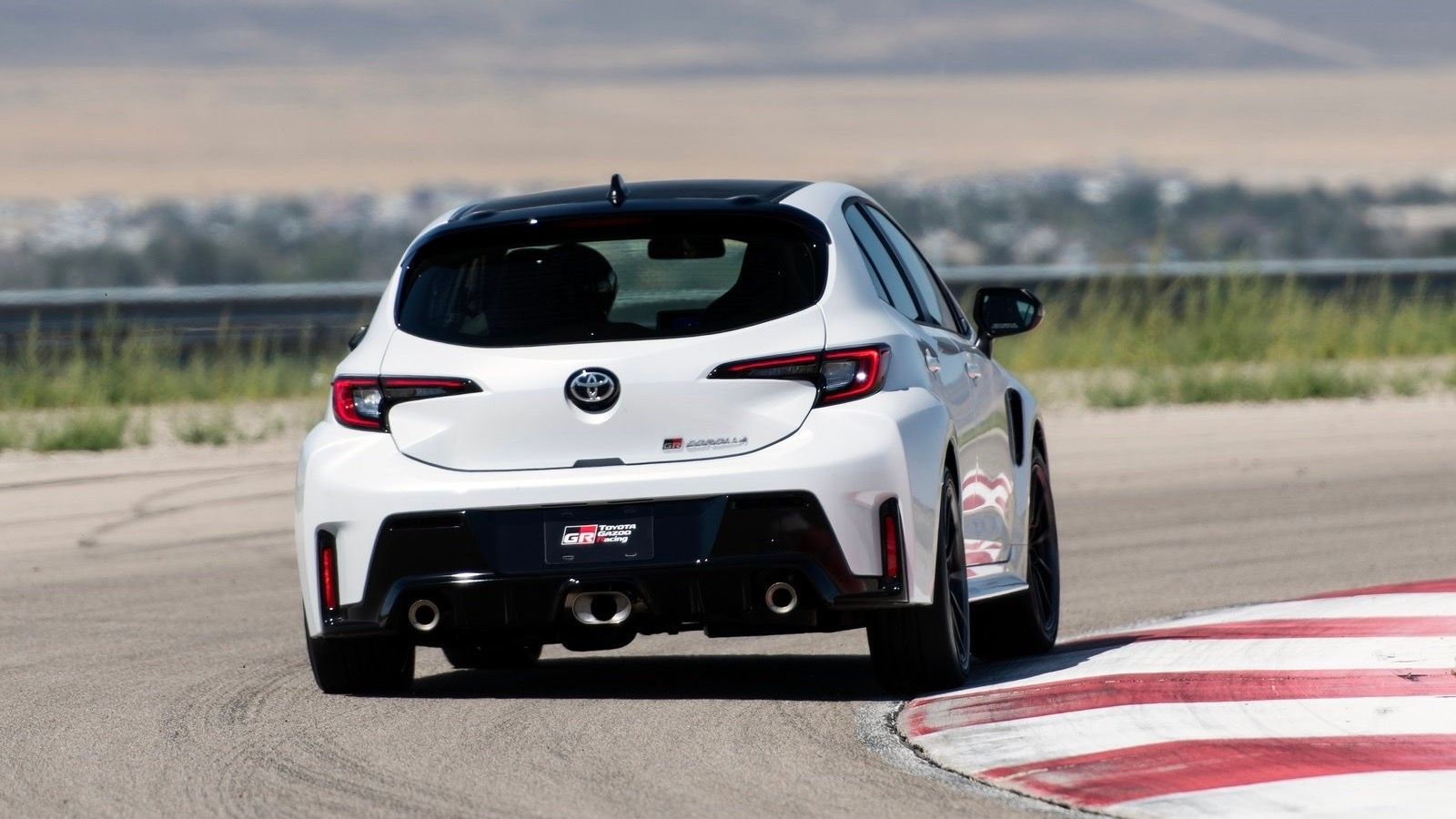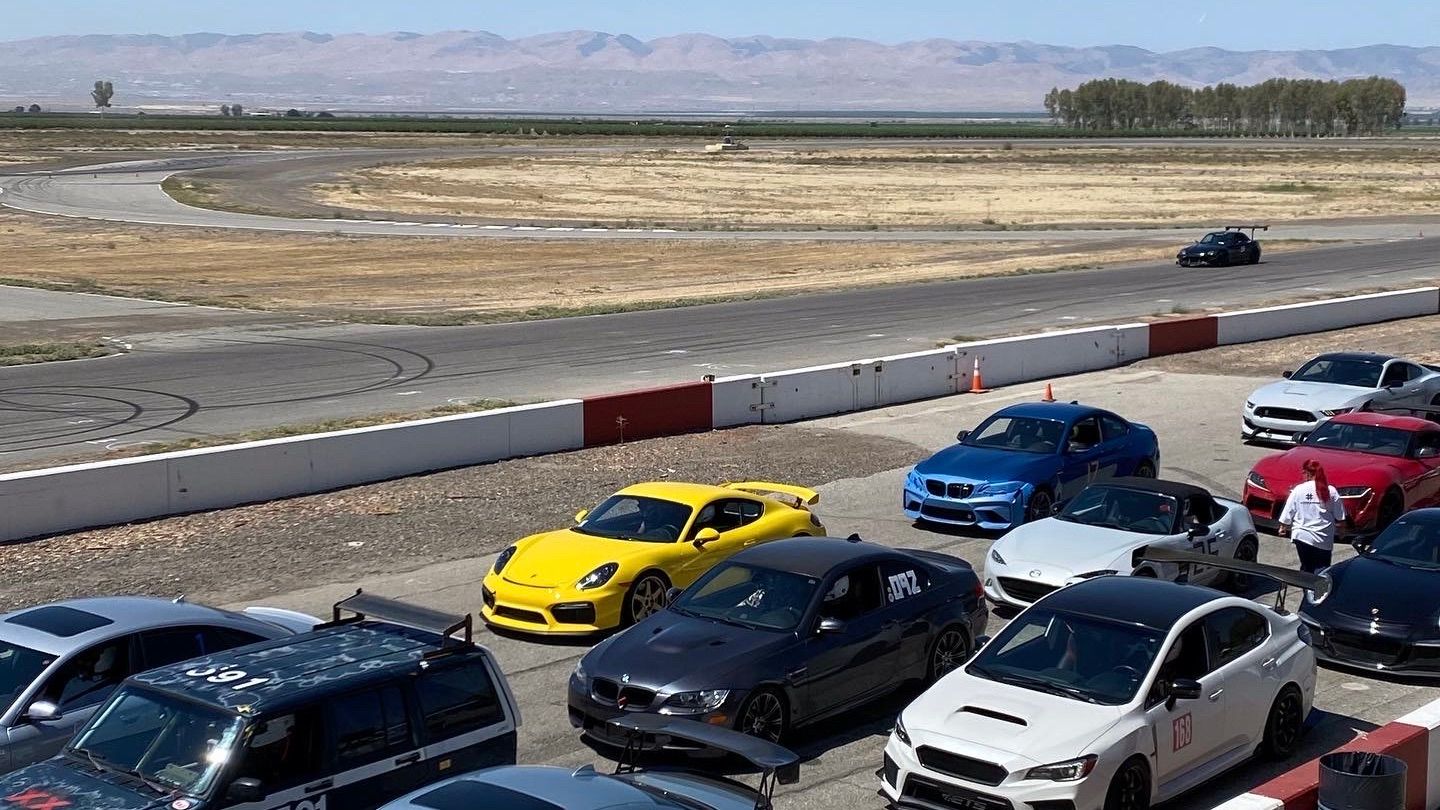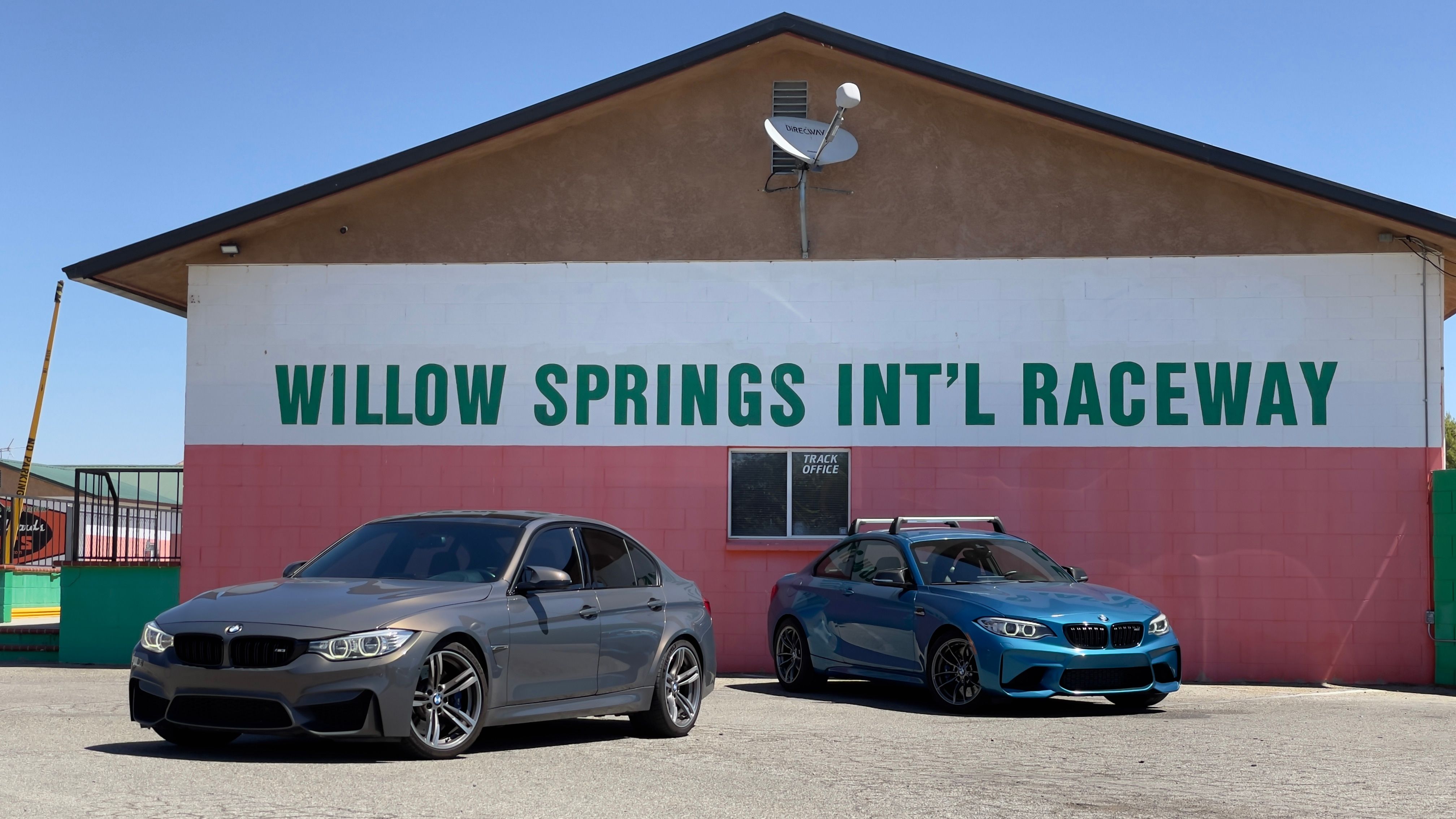The racetrack is the ultimate equalizer. Whether you're in a track-spec Ferrari or your mum's Toyota, there are situations on a track that you and your car will encounter, potentially making it, and you react in adverse ways. It is with the experience of these situations that we start to become better drivers. G forces, full suspension travel, extreme braking, and acceleration back to back repeatedly for lap after lap while paying close attention to fellow drivers, track terrain changes, and safety flags make for one hell of an experience. There’s a ton more involvement in a track day than just jumping in a car and driving as fast as possible. Here’s why a day at the track can make you an overall better driver.
Learn The Limits Of Your Car Safely At A Track Day
Speed limits and general open road design rarely allow for everyday drivers to experience the full potential of their vehicles. Because of this, limits are never naturally explored, and many often travel without even knowing the breadth of capabilities their cars possess. Even the most mundane vehicles often have high enough to shock drivers. The track is a safe place to explore your boundaries safely. Once a driver knows what they have, they can then make better, more educated decisions out on the road, especially in the name of safety. Often times in emergency situations, drivers tense up and, out of fear, do nothing to mitigate or avoid an accident. Track time teaches you to make decisions, and — with the knowledge of what your car can and can’t handle — could mean the difference between disaster and a clean way out.
Learn The Limit Of Your Driving Ability And Build On It
Progression: If jumping right into a track day seems a bit too aggressive, there is always the option of starting with autocross. Autocross events allow drivers to still explore limits while keeping speed and relative danger to a minimum. For many, this is the logical stepping stone from regular driving to full-on track days. It’s all about being comfortable and confident in your abilities to operate the vehicle, no matter the driving situation. As racing instructors will often say, “the car is meant to do exactly what we tell it to do, so learn to tell it exactly what you want it to do.” Building skills through autocross and open racetrack experience is the best way to be prepared for anything you might encounter while driving.
Remove Road Rage From Your Life
Keep it all out on the track. Driving at the limit can be oddly therapeutic, allowing drivers to release all the energy they might have built up after sitting in rush hour traffic day after day. As you start to build up confidence and skills along the way, remember to enjoy yourself on track, and it’s ok to let emotions run wild. Yes, the racetrack can be a vital tool in improving driving, but it can also become a source of joy, removing some of the urge to drive aggressively on public roads. Often road rage results from misunderstanding information as events happen between vehicles. Track time teaches patience, and with a better understanding of vehicle dynamics, drivers can then translate that knowledge to the road, becoming more patient with one another. Ultimately a good track day shouldn’t leave you wanting for more speed or the urgency behind the wheel we so often experience in the hustle and bustle of daily life. Instead, you should feel exhausted after a track day, as it is mentally and physically taxing. This means you were paying attention to be safe while improving your skill set.
Understand Physics Better At A Track Day
Knowledge is power, and physics can be very powerful indeed. Driving a vehicle inherently means you will be constantly dealing with physics. Learning how these forces work, both on you as the driver and the car itself can do wonders to a driver’s understanding of how a car will react to your inputs, why it’s reacting a certain way, and you may even start to predictably know when it will react in a specific manner. Frequently drivers will experience phenomena on the track that they never have on the street, this is because, with much higher entry, mid-corner, and exit speeds, the vehicle is experiencing much greater forces to key components such as the tires and suspension. This is why a car might lose traction unexpectedly or, worse, kick out aggressively. A car that might seem stiffly sprung for the open road may suddenly reveal more body roll than expected out on track. If there are weaknesses or just unique driving characteristics of a car’s chassis, the track will undoubtedly reveal them. When studying a track’s racing line, paying attention to the drivetrain of your own car can be particularly helpful, as front-wheel driven cars will behave differently than rear-wheel drive cars. All-wheel drive cars will behave differently as well, but even all-wheel drive isn’t enough to overcome physical limits on track.
Learn To Predict Certain Driving Situations
Most lessons learned on track translate well when it comes to open-road driving. Since speeds will be far lower on public roads, your brain will have much more time to process a situation, and you can make many more educated guesses and, therefore, more responsible decisions. As a driver develops more of a situational awareness to the point of understanding the physics going on with the vehicle, you can start to compartmentalize individual actions, whether it be your car or the surrounding cars. This acute attention to the smallest driving events can lead to the prediction of a bigger event coming up. Perhaps there is an accident ahead, and the driver ahead of you panics, but you are now knowledgeable about the physics and vehicle limits involved, leading you to instantly infer that at your current speed with no obstacles to your side, you can safely avoid the upcoming accident while maintaining control of your vehicle thus eliminating at least one factor from a potential pile up. Every moment matters, and every time a driver makes the safer decision, everybody benefits.

